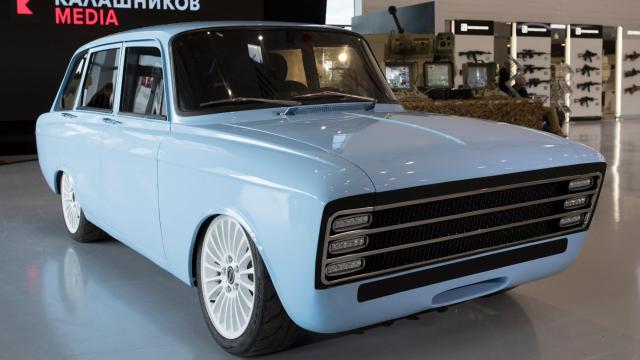It’s the year 2018. COVID-19 isn’t a thing. The American-made Tesla Model 3 is leading the global electric vehicle sales market. The world seems relatively normal.
Casting a beady eye over the progress that its biggest economic rival has made in terms of EVs and EV tech, Russian president and former KGB man Vladimir Vladimirmovich Putin, also decided he fancies a slice of the global EV market to show that Russia — despite being economically crippled by Western sanctions — could go toe-to-to with the US on the global EV market.
[referenced id=”1125201″ url=”https://gizmodo.com.au/2018/09/the-russian-company-that-makes-the-ak-47-has-built-an-awesome-looking-electric-retro-tesla-killer/” thumb=”https://gizmodo.com.au/wp-content/uploads/2018/08/24/x43g9c1s9k77gqdn12m8-300×168.png” title=”The Russian Company That Makes The AK-47 Has Built An Awesome Looking Electric Retro Tesla-Killer” excerpt=”Normally, when you think of Kalashnikov, you likely think about guns, especially the famous AK-47 assault rifle that perhaps you once bought as a gift for your grandma. The company now has its gunsights aimed at Tesla, which they’re targeting with their new electric car prototype, the CV-1. Hilariously and…”]
This shouldn’t be a surprise. From the very early days of the Cold War at the end of the 1940s, the United States and Russia have ensured that their bilateral relationship is a case of “anything you can do, I can do better” with really serious serious stuff, like nuclear weapons, and military build-ups within each other’s geographical spheres of influence.
Oh, and tech.
Don’t believe us? Look at the YotaPhone, the novel dual-screened, Kremlin-backed answer to the Apple iPhone that launched in 2012 and died a handful of years later for being rather expensive and generally not very good.
After seeing the success that Tesla enjoyed with the Model 3 in 2018, the Russian government decided that it would build its own Tesla. For Russians. By Russians. In Russia.
The company selected to make the Russian Tesla was internationally recognised gunmaker Kalashnikov. Yes, that’s right — the very same Kalashnikov behind the iconic AK-47 assault rifle that gave the Wehrmacht a kicking at Stalingrad, and became a favourite amongst insurgents and firearms enthusiasts around the world thanks to its relative simplicity.
Whilst Kalashnikov still makes firearms, it has also branched out into the production of precision weapons and military tech including remote controlled weapon stations, unmanned aerial and ground military vehicles and military robots.
At this point, you are probably wondering what all this has to do with building Russia’s equivalent to Tesla and Putin.
Kalashnikov is owned by Rostec the “State Corporation for Assistance to Development, Production and Export of Advanced Technology Industrial Product Rostec.” In short, Rostec is the state body that assists companies specializing in the high-tech and defence industries; the two sectors in which Kalashnikov operates.
When completed, the car was unveiled in August 2018 at the Army 2018 International Military Forum in Kubinka, Russia. The event celebrated just how cutting edge Russian tech was, both military and otherwise.

Yet when it broke cover, the car, now going under the official Kalashnikov CV-1 moniker, wasn’t what the motoring and public press expected. Instead of mimicking the curvaceous, swooping lines of the Tesla Model 3, Kalashnikov had gone in totally the opposite direction. The CV-1 appeared to be more of a Cold War relic than an aerodynamically-designed EV penned with range and efficiency in mind.
Decked out in a cool duck egg blue paint job, the “concept of an electric supercar” Kalashnikov CV-1 looked like a mean, electrified, post-apocalyptic version of the Moskvich 412 Kombi; a hatchback derivative of the clunky, slightly unwieldy yet-endearing Moskvich 412 family car produced by the IZh car maker from 1967 to 1982.
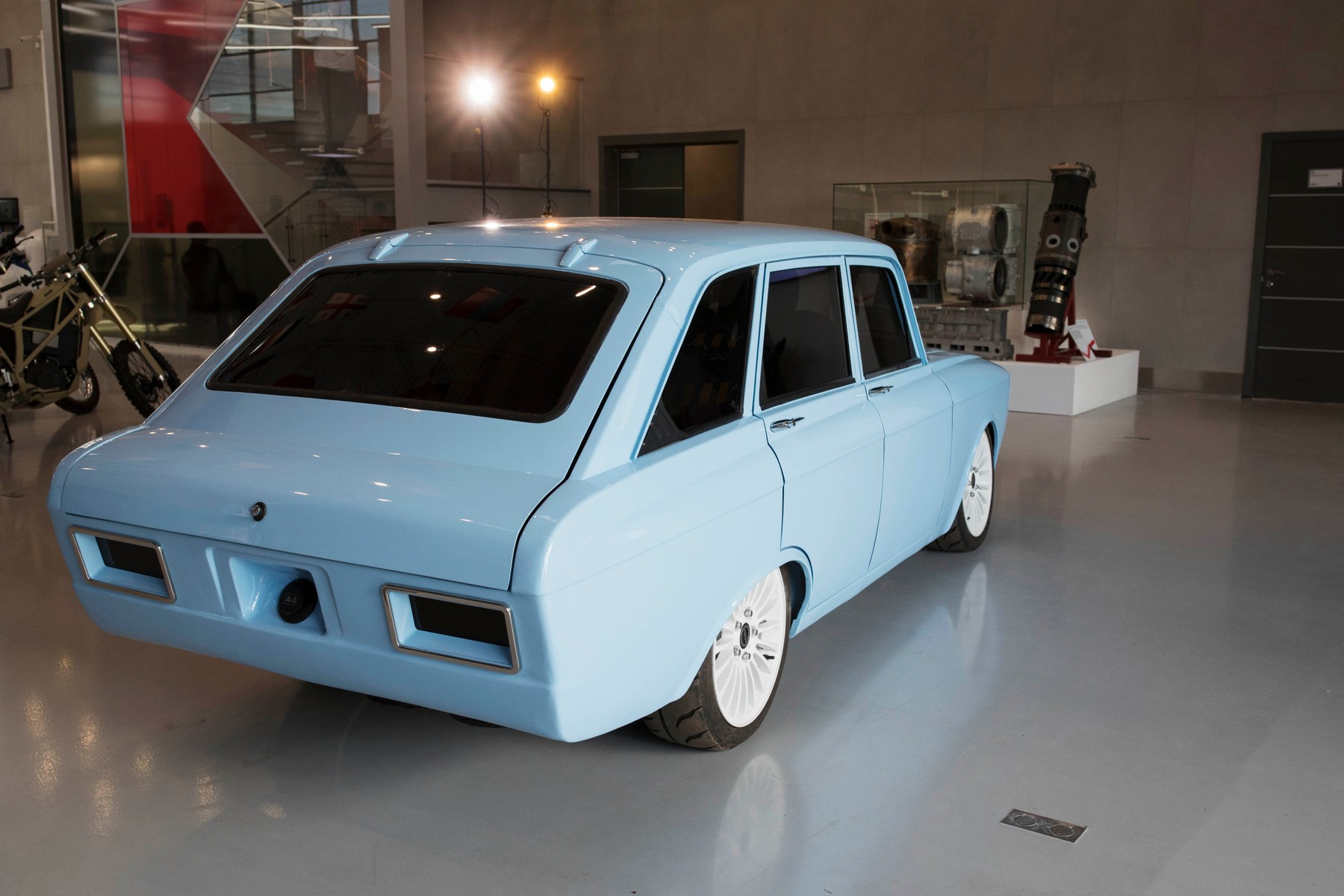
While the Cold War aesthetic polarised observers, the numbers under the CV-1’s skin were honestly not too bad. It was (supposedly, we’ll get to this bit later) fitted with a huge 90kWh battery, which is twice the size of the unit you’ll find fitted to a brand new, entry-level Nissan Leaf.
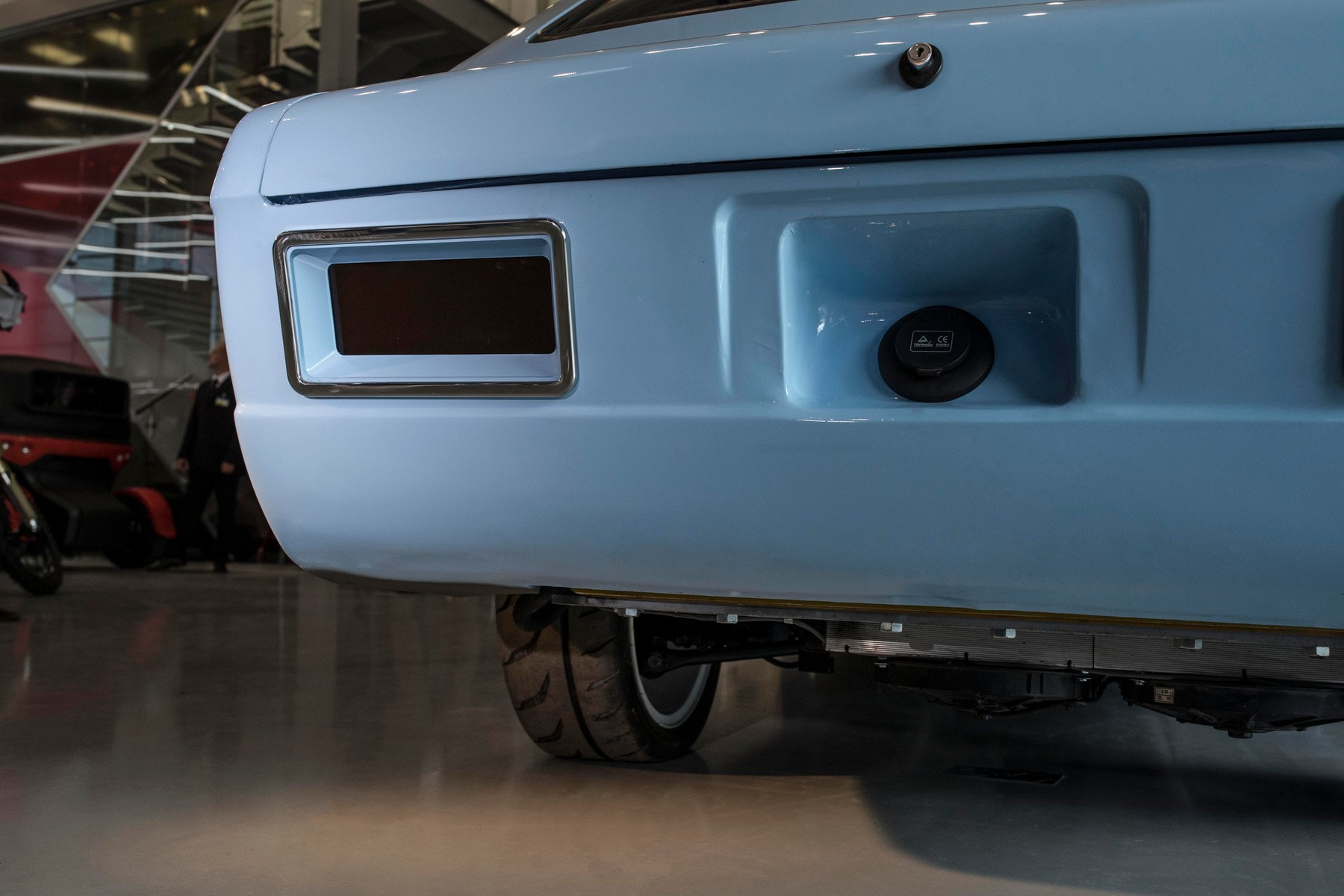
Kalashnikov claimed the CV-1’s battery measured 50 cm by 50 cm by 100 cm and would give the CV-1 680 horsepower; not too shabby considering this car was about as aerodynamic as a house brick. It also claimed a range of 354 km, and a 0-62 mph time of around six seconds.
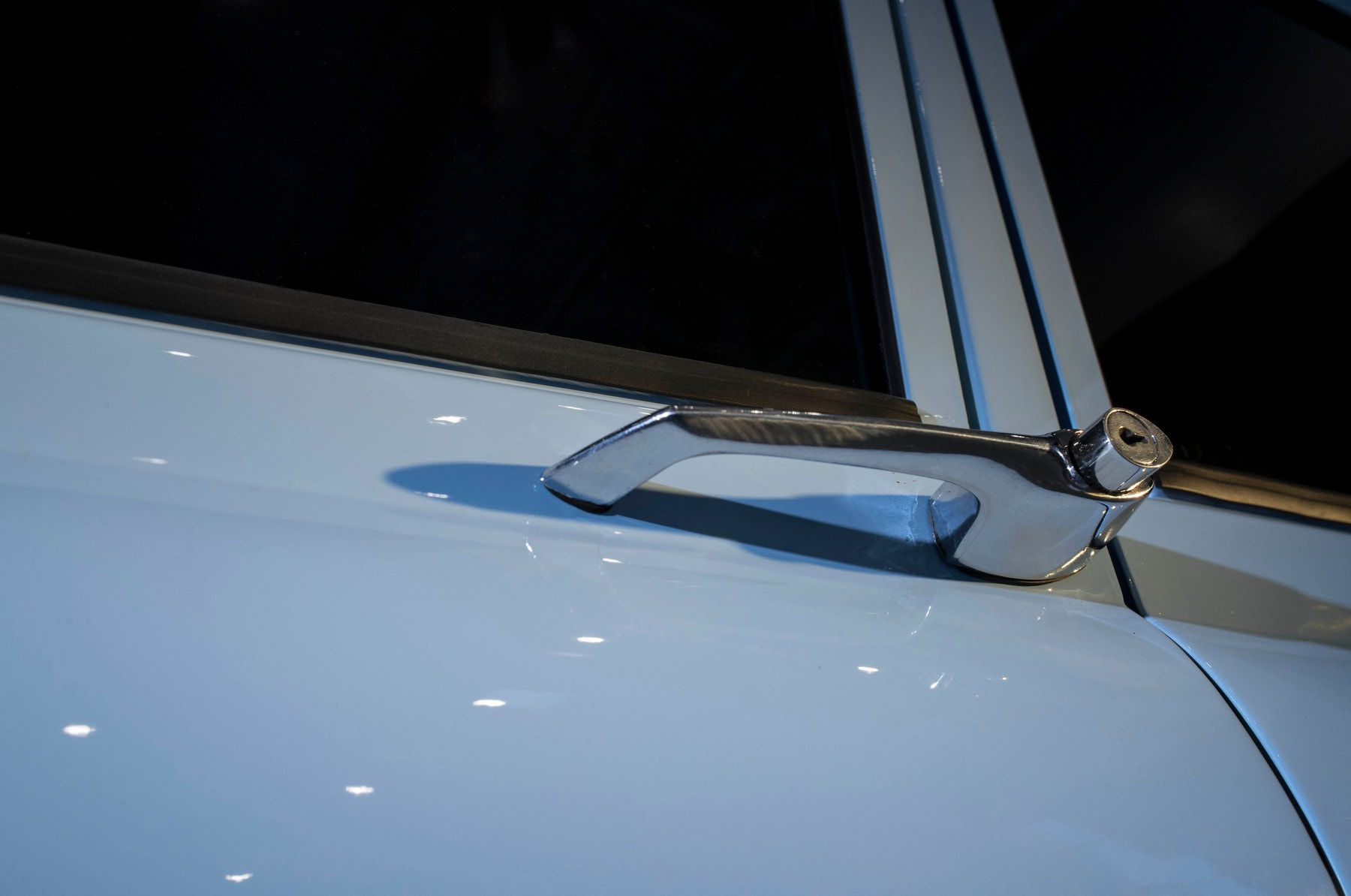
The CV-1 would receive all of its power from a mysterious sounding “revolutionary inverter.” If this wasn’t intriguing enough, all of the CV-1’s windows were blacked out, so prying journalists couldn’t take a look at the interior or electronic underpinnings.

And this is why everything about the CV-1 is a matter of “supposedly.” After trawling Reddit, contacting fellow car writers from Russia, and even getting in touch with Kalashnikov itself for a statement, there is absolutely no further information about this mysterious EV that was supposed to take the fight to Tesla.
Nothing. Nada. Ничего.
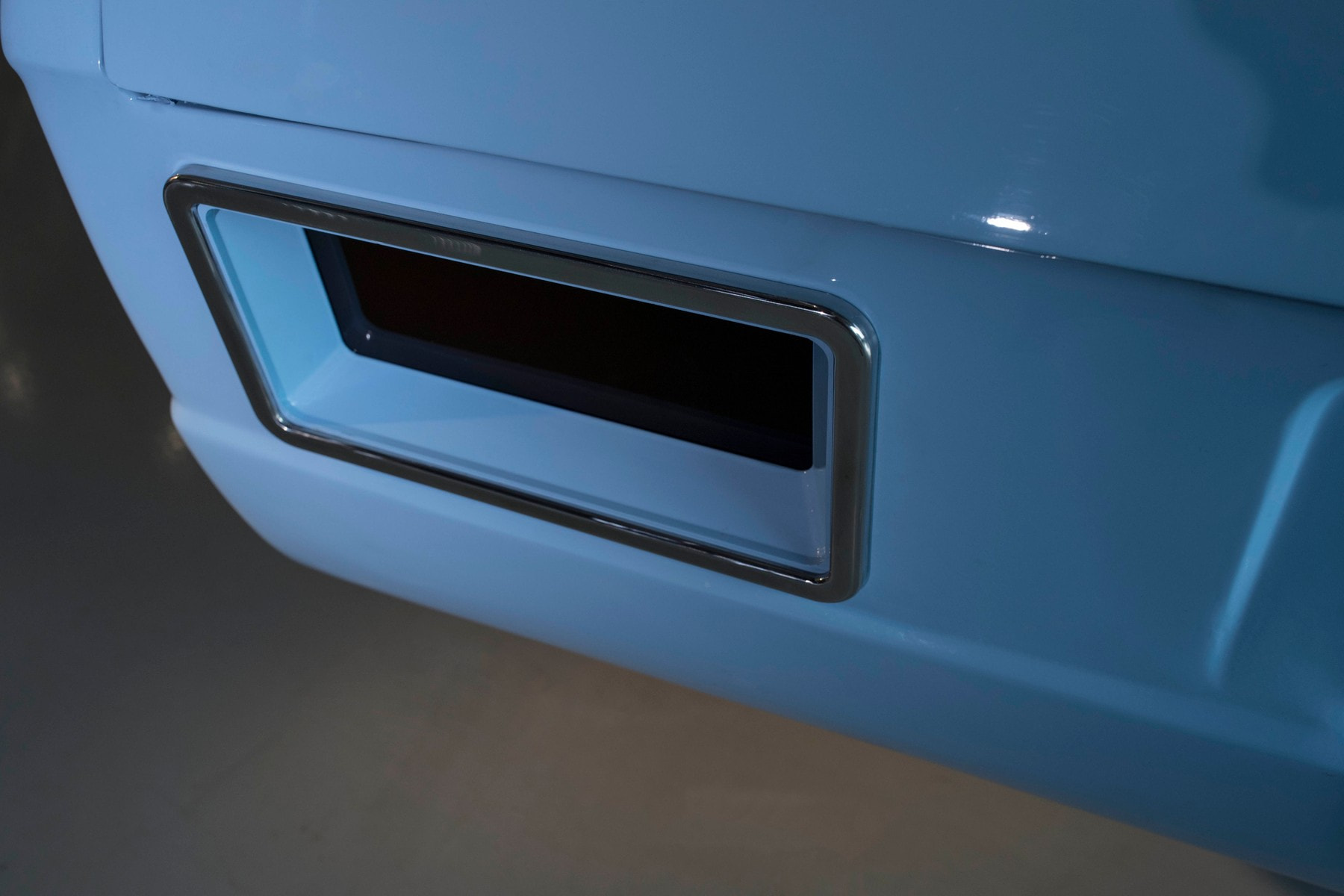
Wherever you stand on the matter of the Kalashnikov CV-1, two things are clear: First, the lack of information surrounding its technical specifications (especially that slightly ominously titled “revolutionary inverter”) point to it being a clear PR stunt on the Kremlin’s behalf; second, Russia — if it focused properly on doing so — could make a properly good EV.

Here’s why: It’s a little known fact, but what is considered to be the country’s first commercial EV, the Cuckoo, was pioneered by Russian engineer Hippolyte Romanov all the way back at the turn of the 20th Century in Imperial Russia. Throughout the Soviet era from 1918 to 1991, the USSR’s car industry also experimented with electrification at various stages of its existence.
Following the USSR’s collapse and in recent years especially, the appetite for EVs amongst buyers in major Russian cities has resurfaced.
Alongside the upswing of EV sales in Russia, a number of domestic EV makers have also emerged. These include the state-owned Zetta, which is supposedly the world’s cheapest EV with a price tag of $US6,100 ($7,968), and the Aviar R67; a Tesla Model S re-skinned in a hand-built carbon fibre body inspired by the early Ford Mustang. Unsurprisingly, the Aviar R67 costs a lot more than the Zetta. Quite a lot more, in fact, as it’s priced at $US350,622 ($458,018).
Despite the arrival of a number of Russian small-batch EV makers in recent years and the Kalashnikov CV-1 experiment, the Russian EV story now takes another absurdist twist.
Over the next decade, the biggest chance of an internationally adopted Russian EV lies in the hands of AutoVAZ, the parent company of Lada and Russia’s biggest carmaker. Yes, the very same Lada brand your dad and his mates used to make jokes about. You’ve heard the likes of “what do you call a convertible Lada?” … “a skip,” right?
However, the jokes aren’t that funny anymore because in 2016, Renault invested $US1.33bn into AutoVAZ.
This injection of cash turned this once almost-comedy car manufacturer into a subsidiary of Renault. Lada, subsequently, is now a producer of rugged-yet-respectable vehicles to serve local markets. In early 2021, Lada was integrated with the similar no-nonsense, wallet-friendly Renault-owned Dacia brand following a mass-restructuring of Renault.
Under the dramatic buzzword of “Renaultution,” the group-wide perestroika will see all Renault-owned brands undergo a series of drastic changes including mass-electrification across the board. The company already makes Europe’s best-selling EV, the Renault Zoe, and its cheapest, the Dacia Spring.
The Renaultution means that Dacia — Lada’s now-sister company — will use Renault’s E-Tech hybrid technology in a number of its upcoming vehicles. Meanwhile, the Lada brand will also receive four all-new models (including an all-new Lada Niva 4×4!) by 2024.
At the time of writing, there has been no official announcement of an electric Lada. However, it is rumoured that the new Niva will receive an electrified drivetrain option as part of Renault’s widespread push for electrification.
If we look at the state of the Russian EV industry, then yes, the Kalashnikov CV-1 was a bit of a laugh and a PR stunt on behalf of the Russian state propaganda machine.
Yet, with the might of Renault behind Russia’s largest carmaker it’s clear that the Russians are well and truly set up for the global EV market. With Renault’s future plans ever-present in the background, they’ll also have no choice but to take electric cars seriously this time.
After five years of trying – and failing – to forge a career in political PR in Lithuania, George made a return to writing about cars in April 2020. His areas of automotive include EVs, Soviet-era cars, Youngtimers, and electric motorsport. Despite being a Russian speaker and going on the record in saying he’d rather own a Lada 2103 than a Lamborghini Huracán, he has never met Vladimir Putin. George now lives in countryside in the North of England, and you can get in touch with him by clicking here!
